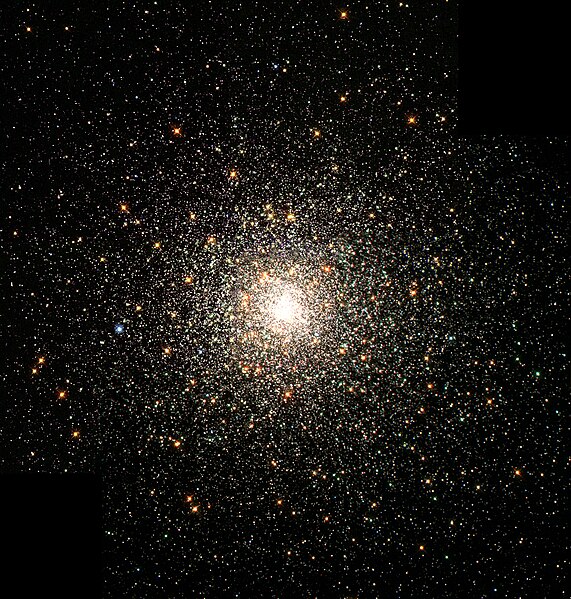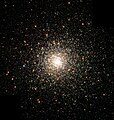ფაილი:A Swarm of Ancient Stars - GPN-2000-000930.jpg

ზჷმა გიწოთოლორაფაშ ბორჯის: 571 × 599 პიქსელი. შხვა გოფართაფა: 229 × 240 პიქსელი | 458 × 480 პიქსელი | 732 × 768 პიქსელი | 976 × 1,024 პიქსელი | 1,777 × 1,864 პიქსელი.
ორიგინალი ფაილი (1,777 × 1,864 პიქსელი, ფაილიშ ზჷმა: 4.03 მბ, MIME ტიპი: image/jpeg)
ფაილიშ ისტორია
ქიგუნჭირით რიცხვის/ბორჯის თიშო, ნამჷ-და ქოძირათ ფაილი თი რედაქციათ, ნამუ რედაქციას თი რიცხვის/ბორჯის რდუნ.
| რიცხუ/ბორჯი | ჭკუდი | გონზჷმილაფეფი | მახვარებუ | კომენტარი | |
|---|---|---|---|---|---|
| მიმალი | 18:08, 4 მელახი 2010 |  | 1,777 × 1,864 (4.03 მბ) | Tryphon | From original source http://hubblesite.org/newscenter/archive/releases/1999/26/image/a/ (http://imgsrc.hubblesite.org/hu/db/images/hs-1999-26-a-full_jpg.jpg). |
| 04:54, 9 პირელი 2009 |  | 1,777 × 1,864 (3.98 მბ) | BotMultichillT | {{Information |Description={{en|1=This stellar swarm is M80 (NGC 6093), one of the densest of the 147 known globular star clusters in the Milky Way galaxy. Located about 28,000 light-years from Earth, M80 contains hundreds of thousands of stars, all held |
ფაილიშ გჷმორინაფა
გეჸვენჯი ხასჷლა გჷმირინუანს თე ფაილს:
ფაილიშ გლობალური გჷმორინაფა
თე ფაილი გჷმირინუაფუ გეჸვენჯი ვიკეფს:
- af.wikipedia.org-ს გჷმორინაფა
- am.wikipedia.org-ს გჷმორინაფა
- ar.wikipedia.org-ს გჷმორინაფა
- ast.wikipedia.org-ს გჷმორინაფა
- az.wikipedia.org-ს გჷმორინაფა
- be-tarask.wikipedia.org-ს გჷმორინაფა
- be.wikipedia.org-ს გჷმორინაფა
- bg.wikipedia.org-ს გჷმორინაფა
- bn.wikipedia.org-ს გჷმორინაფა
- br.wikipedia.org-ს გჷმორინაფა
- bs.wikipedia.org-ს გჷმორინაფა
- ca.wikipedia.org-ს გჷმორინაფა
- ce.wikipedia.org-ს გჷმორინაფა
- ckb.wikipedia.org-ს გჷმორინაფა
- co.wikipedia.org-ს გჷმორინაფა
- cs.wikipedia.org-ს გჷმორინაფა
ქოძირით, თე ფაილიშ გლობალური გიმორინაფა.
